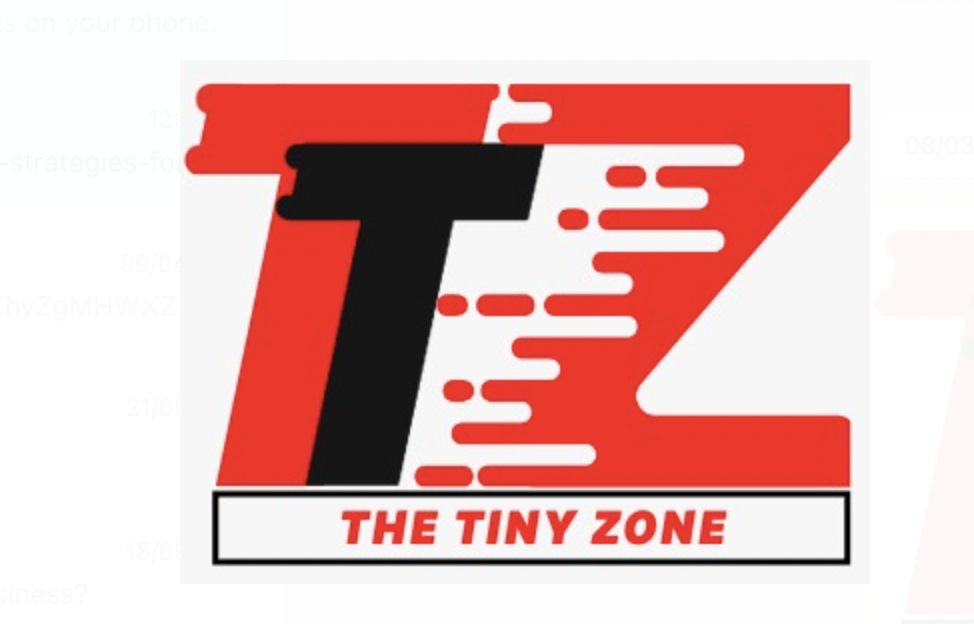Social media has become an important platform for customer interactions. With a user base that spans across continents and demographics, social media has evolved from a mere communication channel to a dynamic arena where brands and customers engage.

This virtual era offers opportunities to connect, communicate, and create a lasting impressions.
Customers now turn to social media to voice their opinions, seek assistance, and share experiences, making it a vital touchpoint for brands to nurture relationships and shape their online reputation.
On platforms like X (formerly known as Twitter), individuals often share their brand-related issues and feelings. These widely shared sentiments can potentially impact the brand’s image, as they are visible to a broad audience.
Understanding the Power of Negative Feedback
Every negative comment, review, or complaint holds the potential to erode customer trust and tarnish the brand’s image.
In a world where information is readily accessible, these negative interactions can linger, shaping perceptions and dissuading potential customers from engaging.
Emphasis on Negative Feedback
Negative feedback wields a profound influence on a brand’s reputation and customer relationships. In the dynamic realm of social media, where opinions spread like wildfire, the repercussions of negative feedback can be swift and far-reaching.
The viral nature of social media means that a single negative incident can quickly escalate, amplifying its impact and magnifying the challenge for brands to regain lost ground.
A well-publicized negative encounter can overshadow positive interactions and disrupt the delicate balance brands work tirelessly to maintain.
Need for handling negative feedback promptly
Negative feedback, if left unattended, has the potential to escalate rapidly.
What might begin as a single dissatisfied customer’s comment can quickly spread across social media platforms, reaching a wider audience and attracting more negative attention.
Information travels at the speed of light. A negative comment or review can be seen by countless potential customers within minutes.
Responding quickly to negative feedback showcases the brand’s responsiveness and commitment to customer satisfaction.

This level of attention and care can turn a negative experience into a positive one, creating a lasting impression of the brand’s dedication.
Timely responses encourage ongoing engagement. When customers see that their feedback is acknowledged promptly, they’re more likely to continue the conversation, allowing the brand to gather more insights, address additional concerns, and potentially convert detractors into advocates.
A brand that addresses issues head-on and takes steps to rectify them is seen as proactive and customer-focused, fostering trust and loyalty.
Negative experiences can lead to customer churn if not addressed quickly. By promptly resolving issues, brands can retain customers who might otherwise have chosen to disengage or switch to a competitor.
Pivotal Solution for handling negative feedbacks

The evolving landscape of social media and customer interactions, Online Reputation Management (ORM) tools emerge as the guiding light for brands seeking to navigate the complex realm of feedback, both positive and negative.
These tools serve as a strategic compass, allowing brands to effectively address and manage negative feedback while safeguarding their online image.
They empower brands to monitor, track, and respond to online conversations across various platforms in real time. Whether it’s a dissatisfied tweet or a negative review, ORM tools provide the means to detect these instances swiftly and respond strategically.
By providing a centralized platform for monitoring brand mentions and sentiment, these tools allow brands to understand the pulse of their online presence.
Armed with insights, brands can craft tailored responses that reflect empathy, understanding, and a genuine commitment to resolution.
Selecting a robust Online Reputation Management (ORM) platform
The choice of ORM platform directly influences a brand’s ability to manage its online reputation effectively and capitalize on customer interactions. Below are the listed ten key areas where brands must focus on while selecting a ORM platform
Comprehensive Reputation Monitoring
A good ORM platform provides a comprehensive overview of a brand’s online presence. It should monitor mentions, reviews, comments, and sentiment across multiple platforms, giving brands a holistic view of their reputation landscape.
Swift Issue Detection and Resolution
The platform’s ability to detect negative feedback in real time is crucial. Timely notifications allow brands to respond swiftly, addressing concerns and preventing issues from escalating.
Transparent Pricing
Transparency about pricing models is essential. Brands should choose a platform with clear, upfront pricing that aligns with their budget. Hidden fees and unexpected costs can create unnecessary financial stress.
Data-driven AI Insights
An effective ORM platform should harness AI-driven insights. It should analyze patterns, sentiment trends, and customer preferences to offer actionable recommendations that guide brands in crafting informed engagement strategies.
Customizable Alerts
The platform should allow brands to set up customizable alerts based on specific keywords, sentiment, or even specific platforms. This feature ensures that brands stay in the loop regarding any relevant mentions.
Multichannel Support
Brands engage customers across diverse platforms. A robust ORM platform supports various social media platforms, review sites, and other digital touchpoints, ensuring a unified approach to reputation management.
Sentiment Analysis
Powerful sentiment analysis feature goes beyond identifying whether feedback is positive, negative, or neutral. It delves into the nuances of customer emotions, enabling brands to tailor responses effectively.
Competitor Analysis
The ability to monitor competitors’ online reputation can offer valuable insights. Brands can learn from competitors’ successes and failures, refining their own strategies.
Reporting and Analytics
A good platform provides robust reporting and analytics capabilities. Brands should be able to measure the impact of their efforts, track trends over time, and make data-driven decisions.
User-Friendly Interface
The platform’s interface should be intuitive and user-friendly. This ensures that brands can navigate the tool efficiently, optimizing their reputation management efforts.
The choice of an ORM platform is a pivotal decision that directly impacts a brand’s online reputation and customer relationships.
By selecting a platform that offers transparency, AI-driven insights, and a comprehensive suite of features, brands can position themselves to proactively manage their reputation, turning challenges into opportunities for growth.
Final Thoughts
In the ever-evolving landscape of digital interactions, the significance of Online Reputation Management (ORM) cannot be overstated. As brands strive to cultivate a positive image and establish meaningful connections with their audience, the art of managing online reputation has become an important factor to consider.
A single negative comment can snowball into a reputational crisis, ORM emerges as the guardian of brand integrity. It’s a multifaceted approach that encompasses real-time monitoring, data analysis, swift response strategies, and the harnessing of advanced technologies like AI-driven insights
As technology continues to evolve and customer expectations soar, having an ORM platform is not just an option—it’s a necessity for brands seeking to thrive in the dynamic world of digital interactions.


